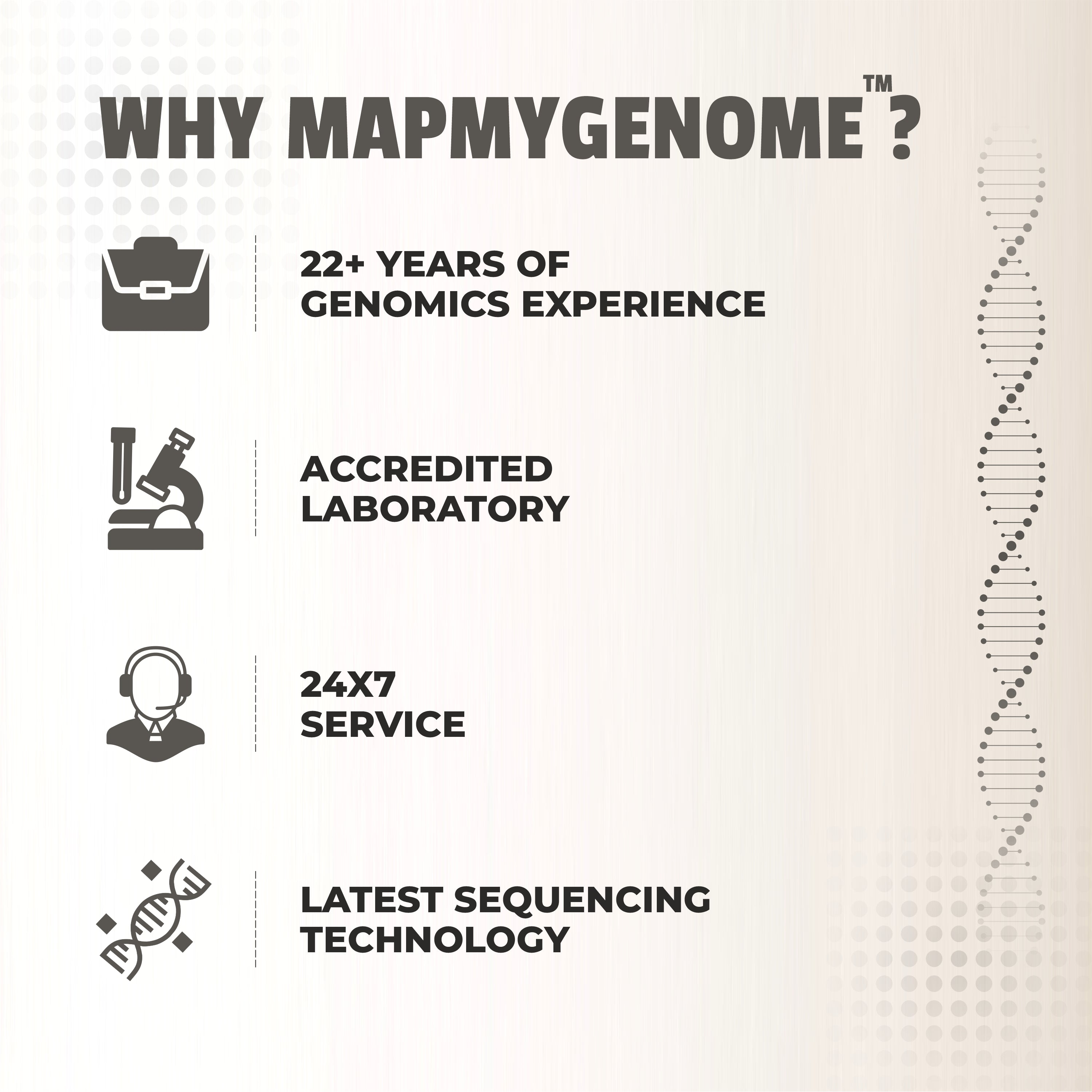Have you ever wondered about your family’s past? Where your ancestors came from, or the stories they left behind? Digging into your genealogy can be an exciting journey full of surprising discoveries. Building a family tree isn’t just about knowing who’s who — it’s about understanding your place in history.
In this blog, we’ll guide you through creating your family tree chart, uncovering the essence of your genealogy, and why connecting with your roots is so fulfilling.
Why Discovering Your Ancestral Roots Matters
Understanding your family history isn’t just an academic exercise. It’s about:
- Knowing your cultural identity
- Preserving stories for future generations
- Uncovering inherited traits and genetic links
By delving into your ancestry, you’ll gain a stronger connection to your roots, which can also help you make sense of who you are today.
How to Start Building Your Family Tree
Creating your family tree drawing doesn’t have to be complicated. Here are some steps to get started:
1. Start With What You Know
Begin by writing down details about your immediate family members, such as:
- Names
- Dates of birth and death
- Places of birth and residence
2. Gather Stories and Records
Talk to relatives who may have valuable insights about your ancestry. Look for:
- Old photographs
- Marriage or birth certificates
- Handwritten letters
These details can fill in the gaps in your genealogy tree chart.
3. Draw or Digitalize Your Tree
You can create a physical family tree drawing or use apps to make it digital. Use tools like Canva or even simple templates to map your lineage visually.
Key Features of a Family Tree Chart
When you’re building a family tree chart, include these elements:
Names and Relationships
Clearly show how each family member is related. Use labels like “parent,” “grandparent,” or “sibling.”
Important Dates
Include life milestones, such as:
- Birth dates
- Wedding anniversaries
- Death dates
Photos (If Possible)
Pictures bring a genealogy tree chart to life, making it more personal and engaging.
Color Coding
Use colors to differentiate branches, such as maternal and paternal sides.
Genealogy: The Science Behind Family Histories
Genealogy isn’t just about names and dates — it’s about piecing together the stories that connect generations. Here’s how genealogists do it:
- Historical Records: Accessing public archives like census reports or immigration papers.
- Genetic Testing: Using DNA to trace lineage or find unknown relatives.
- Cultural Clues: Examining traditions, languages, or locations tied to your family.
Tools to Simplify Your Genealogy Research
Technology has revolutionized how we trace our ancestry. Here are some popular tools:
1. DNA Testing Services
Companies like MapmyGenome analyze your DNA to:
- Reveal ethnic origins
- Connect you with distant relatives
- Identify genetic traits
2. Genealogy Software
Use platforms like Family Tree Maker to organize your data, photos, and research.
3. Online Archives
Websites like FindMyPast and TheGenealogist offer historical records to help you dig deeper.
Making Your Family Tree a Legacy
Once you’ve completed your family tree drawing or chart, share it! Here’s how:
Frame It
Create a framed version as a family keepsake or gift.
Share Digitally
Upload it to a family group or a private website for everyone to access.
Add to Your Family Story
Document the anecdotes and legends passed down through generations.
Common Challenges in Tracing Ancestry
Missing Records
Not all records are complete. Focus on oral histories to fill gaps.
Language Barriers
If documents are in another language, use translation services.
Misleading Information
Dates and details may vary. Cross-check facts wherever possible.
FAQs About Tracing Your Ancestral Roots
1. What is a genealogy tree chart?
A genealogy tree chart is a visual representation of family relationships, often including names, dates, and historical connections.
2. How do I start my family tree?
Begin with immediate family details and expand using records, online tools, and family interviews.
3. Can DNA testing help with genealogy?
Yes, DNA testing can reveal ethnic origins, genetic traits, and connections to unknown relatives.
4. Are family tree templates available online?
Yes, websites like Canva and MyHeritage provide easy-to-use templates for building a family tree.
5. How far back can I trace my genealogy?
It depends on the availability of records. Some people trace their lineage back hundreds of years.
Final Thoughts
Exploring your ancestral roots is more than just connecting names on a chart. It’s about embracing the stories, traditions, and histories that shaped your identity. Whether you’re building a simple family tree drawing or diving deep into DNA testing, the journey is always rewarding.
So, grab a notebook (or open a new app), and start connecting the dots of your past today!
Are you curious about your genetic heritage? Discover your roots with MapmyGenome's cutting-edge DNA testing services. Start your journey today!


















